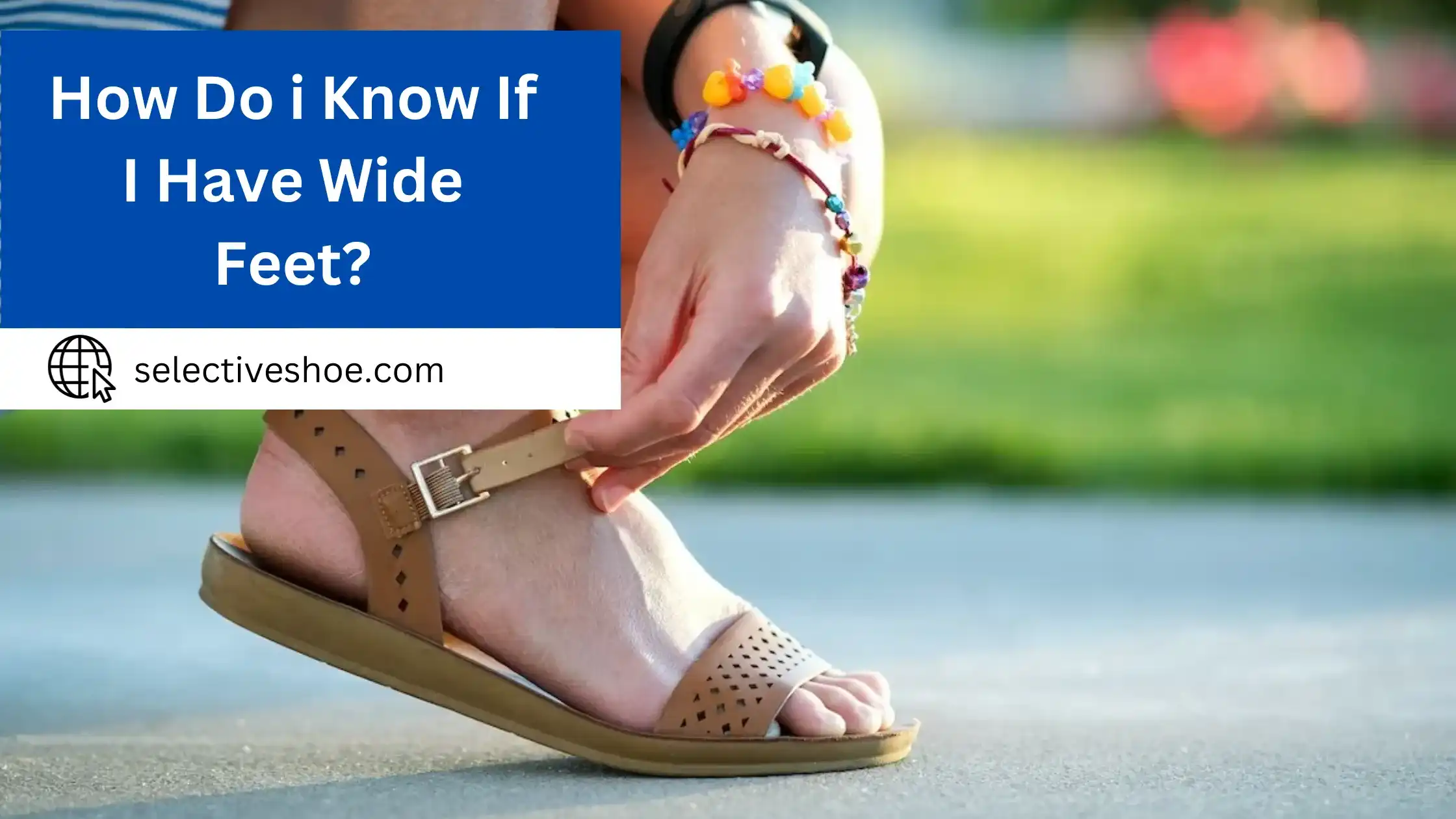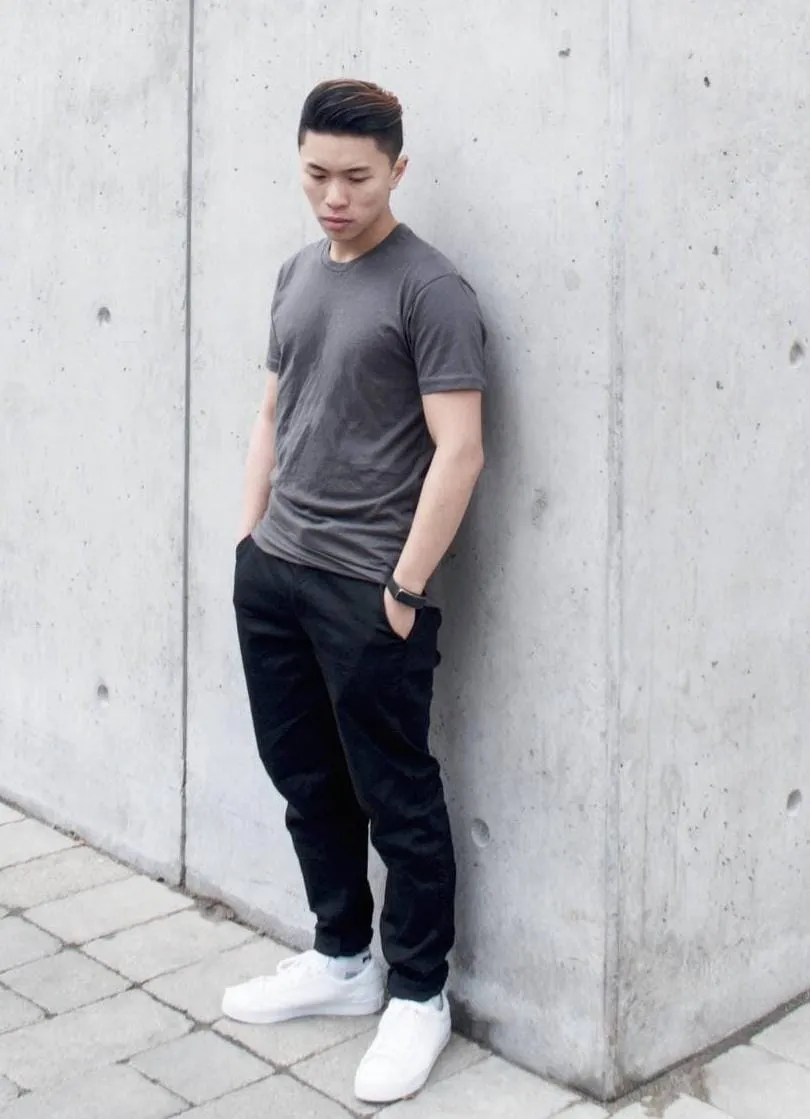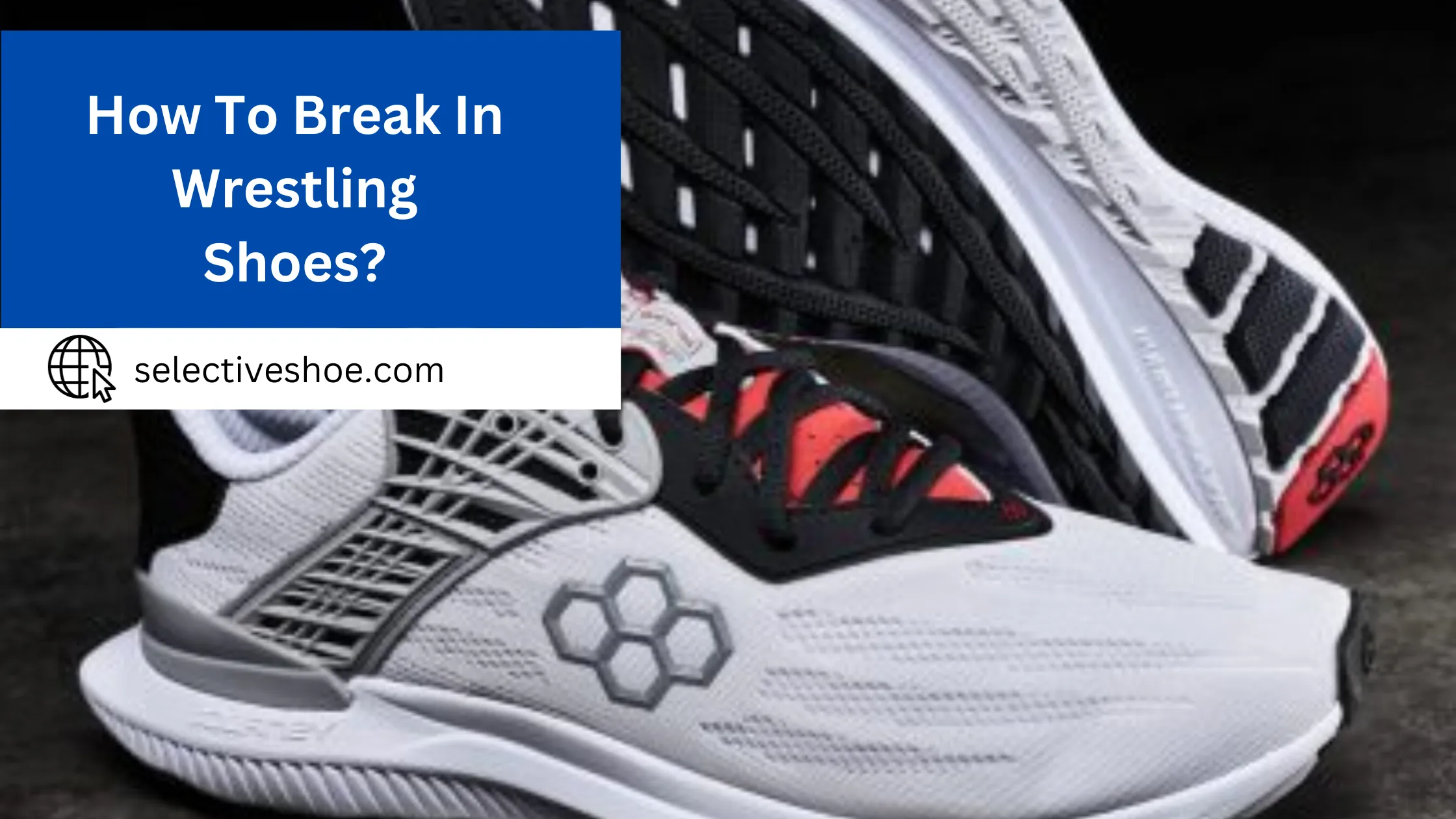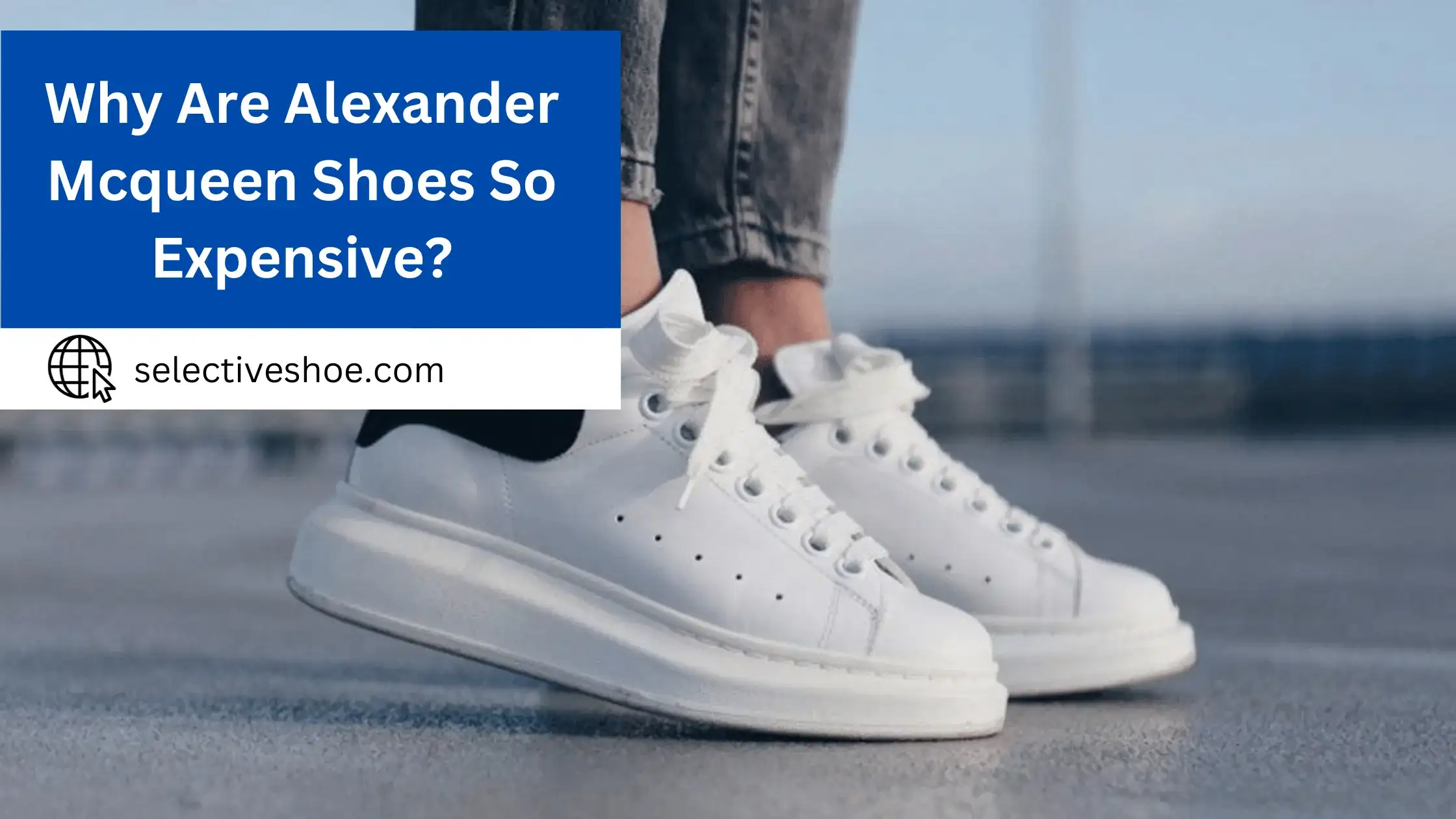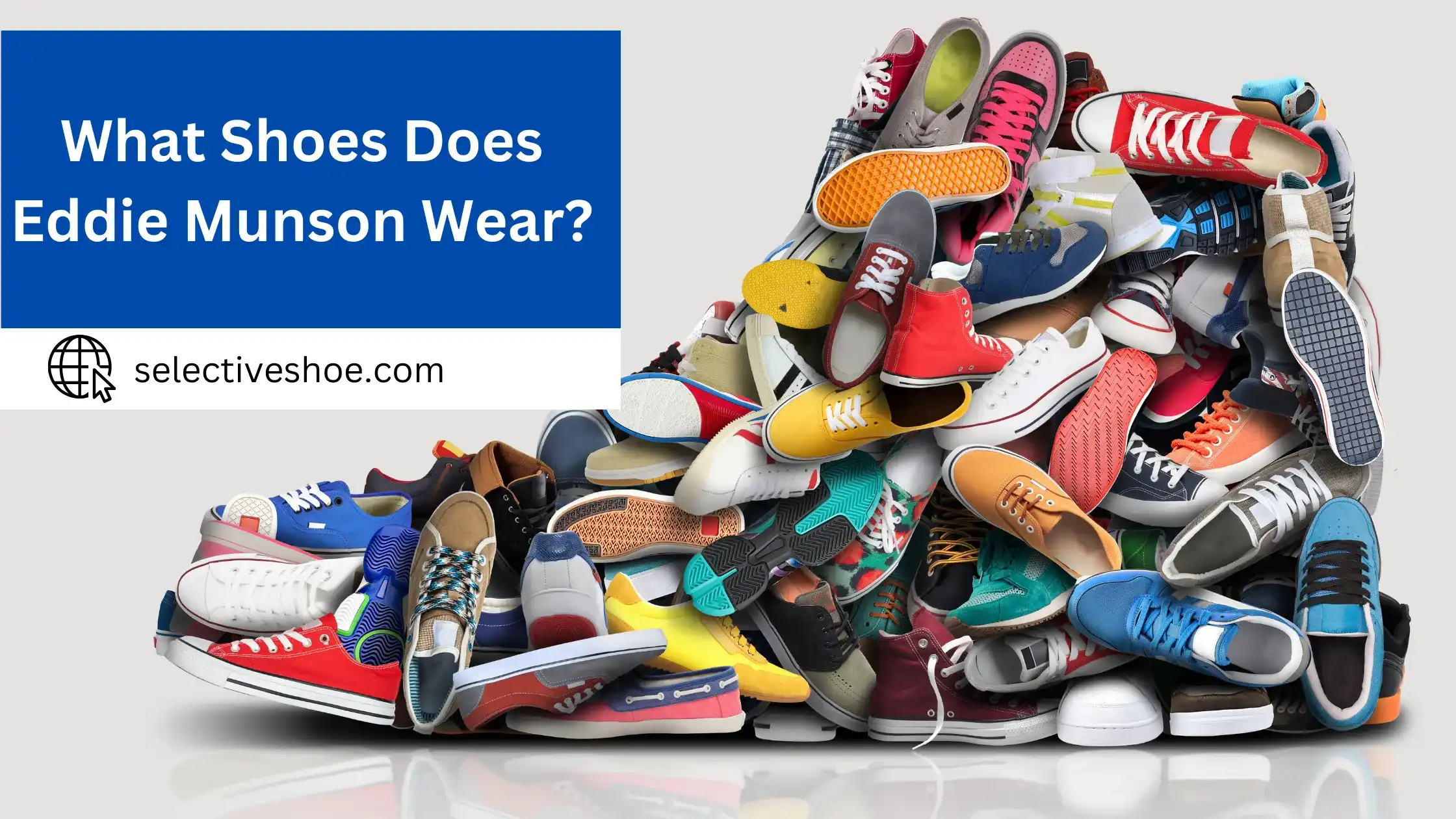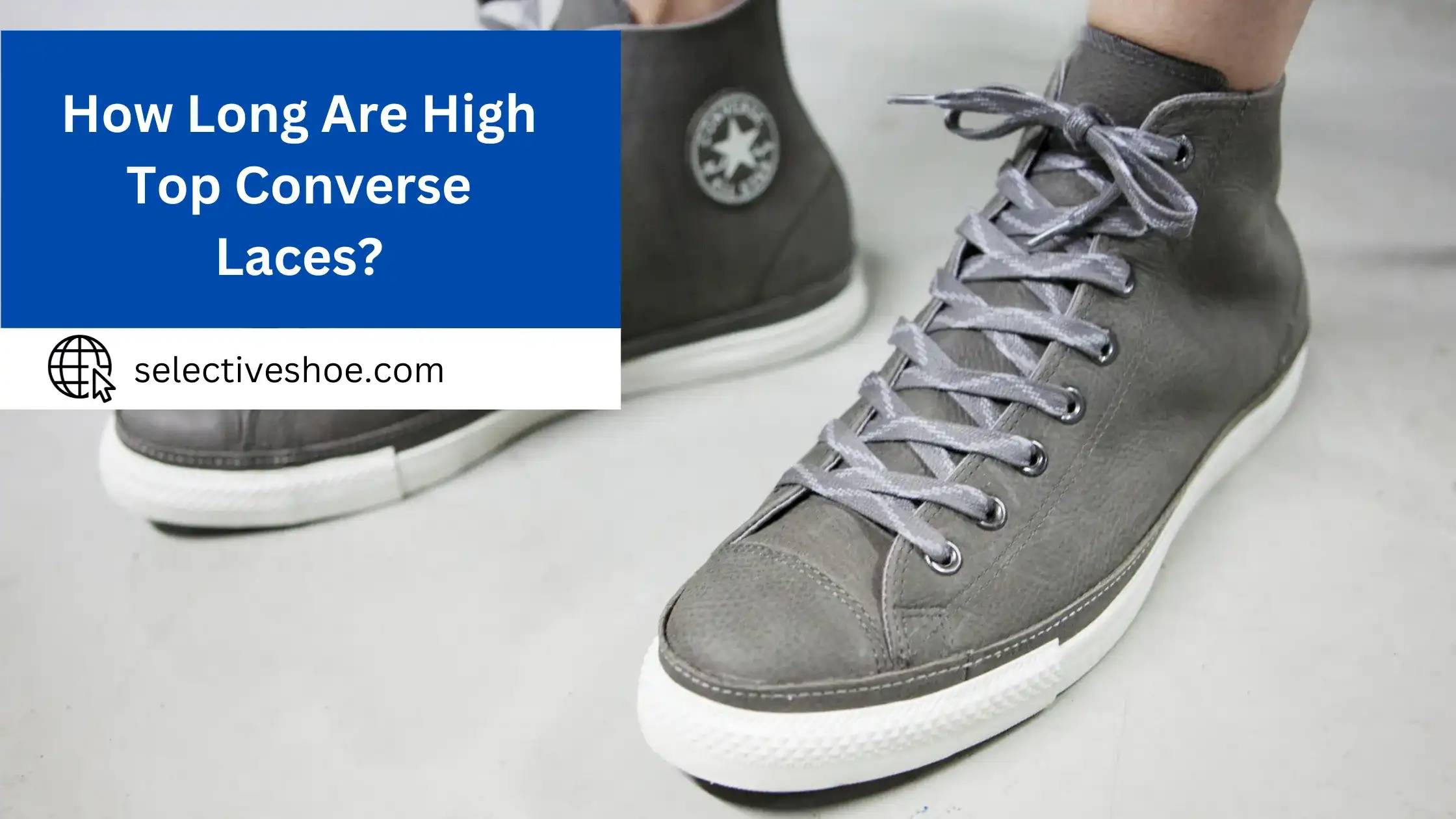Finding comfortable, well-fitting shoes can be frustrating when you have naturally wider feet than average. I have always struggled with finding shoes wide enough for my feet. It wasn’t until I realized not all feet are created equal; some of us have wider feet than others. This led me on a mission to understand more about foot shape and how to identify if you have wide feet like me.
Through many attempts to find comfortable shoes, I have learned vital signs that can help determine foot width. Here, I’ll share key indicators to help you determine if you have wide feet. I’ll also guide you on how to find shoes that better fit your foot shape.
Signs and Symptoms: How Do I Know If I Have Wide Feet?
Figuring out that I had wide feet wasn’t an immediate realization. It was a slow, uncomfortable process filled with ill-fitting shoes and constant discomfort. Looking back, several signs should have tipped me off much sooner. Here’s what I learned along the way:
Shoes Always Feel Tight:
The first sign was the constant tightness I felt in most shoes, especially around the ball of my foot and toes. No matter how many different shoe brands I tried, or even going a size up, the tightness persisted. The shoes that fit lengthwise were always too narrow.
Frequent Blisters:
I used to get blisters frequently, especially after wearing a new pair of shoes. I initially thought it was just the ‘breaking-in’ period, but then I realized that my friends didn’t seem to have the same issue as often.
Foot Pain:
I started experiencing foot pain, especially after long periods of standing or walking. The sides of my feet would ache, and sometimes my toes would feel numb.
Observing Your Feet:
While comparing my feet to a friend’s, one day, I noticed mine were noticeably wider. My feet looked different, more spread out.
If you’re experiencing similar symptoms, I recommend measuring your feet professionally. It could save you a lot of discomfort down the line. Remember, everyone’s feet are unique, and there’s no ‘one size fits all’ for shoes.
The Shoe Fitting Test- A Quick Method to Determine Foot Width:
Before I discovered the shoe fitting test, I would spend hours trying on different shoes, only to end up with pairs that needed to fit correctly. However, everything changed once I learned how to determine my foot width using a simple shoe-fitting test. Here’s how it works:
The Trace Test:
This was the first step in my journey to finding well-fitting shoes. I placed my foot on a piece of paper and traced around it. Then, I measured the widest part of the trace, which is usually across the ball of the foot. This gave me an estimate of my foot’s width.
The “Three Fingers” Test:
This simple test helped me understand if I have wide feet. I wore my shoe and tried to insert three fingers into the back of the shoe while it was on. If I could do it quickly, it indicated that the shoe needed to be shorter and broader.
The Pinch Test:
While wearing a pair of shoes, I pinched the material on either side of the widest part of my foot. If there was excess material to pinch, the shoe was too wide. The shoe was likely too narrow if I couldn’t pinch any material.
Professional Measurement:
Despite these tests providing insight, more is needed than getting a professional measurement. A shoe fitter used a Brannock device to measure my foot’s length and width accurately. This confirmed that I indeed had wide feet and needed specific shoe sizes.
Remember, our feet carry us through life, so they deserve comfort. Don’t hesitate to take the time to understand your foot width; it can make a difference!
What Is Considered a Wide Foot For a Man?
A comprehensive foot for a man is characterized by a width that exceeds the standard measurement. Men’s shoes typically come in a “D” width, considered medium or average. If a man’s foot has a width of 4.2 inches or more at its widest point, it is classified as a wide foot.
It’s crucial to recognize that foot width varies among individuals, making it advisable to try on different shoe sizes and widths to ensure a comfortable fit. Some shoe brands offer more comprehensive options, such as “EE” or “EEE” widths, to cater to those with broader feet.
What Is Considered a Wide Foot For a Woman?
Similarly, for women, a foot is considered wide if its width measurement at the ball of the foot is 3.5 inches or wider. This standard measurement aids shoe manufacturers in categorizing their products based on width sizes.
Nevertheless, individual foot size and width can differ, and some women may find it more comfortable to wear even wider shoes than the standard measurements. Women with wider feet are encouraged to seek shoes explicitly designed to accommodate their foot shape, helping prevent discomfort and potential injuries.
Professional Measurements- Getting an Accurate Determination of Wide Feet:
Understanding your foot size is crucial to ensuring comfort and preventing potential foot problems. Having wide feet makes shoe shopping challenging if you need clarification on what you want. Here’s how you can get an accurate measurement of wide feet:
Visit a Professional:
The best way to get an accurate foot measurement is to visit a professional shoe fitter or a podiatrist. They have the necessary tools and expertise to measure your feet correctly. My first professional measurement was an eye-opening experience. The shoe fitter took the time to measure both the length and width of my feet and explained that I should shop for shoes that cater to wider feet.
Use a Brannock Device:
This is the standard tool used in shoe stores to measure foot size. It has separate scales for length and width, providing a comprehensive measurement. When I used the Brannock device, it confirmed that my feet were wider than average.
Measure at Home:
You can measure your feet at home if you can’t see a professional. You’ll need a flat surface, a blank piece of paper, a pencil, and a ruler. I stand on the paper and trace around my foot, then measure the widest part of the outline. This will give you a rough estimate of your foot width.
Consider Shoe Size Guides:
Different brands have different sizing, and some cater more to wider feet than others. Once I know my measurements, I compare them to the brand’s shoe size guide to find the best fit. After my measurement, I found a brand that offered wide-fit options, and it made all the difference.
Remember, comfort is critical when it comes to shoes. After getting my feet professionally measured and buying the correct size, my feet thanked me. No more blisters or discomfort, just well-fitting, comfortable shoes.
Tips for Comfortable Shoe Shopping with Wide Feet:
Over time, I’ve gathered valuable tips for comfortable shoe shopping with wide feet.
Know Your Size:
This might sound like a no-brainer, but it’s surprising how many of us walk around in shoes different from our correct size. Sizes can vary between brands, so measuring your feet every time you shop for new shoes is crucial.
Shop Later in the Day:
Our feet tend to swell as the day progresses. Shopping for shoes later in the day ensures a better fit as you try shoes on your feet.
Look for Wide Fit Options:
Many brands now offer wide-fit versions of their popular styles. Make use of these options they are designed specifically for us wide-footed folks!
Choose the Right Material:
Shoes made with leather or suede often have more give and can stretch to accommodate wider feet. I avoid synthetic materials that don’t offer much flexibility.
Don’t Rush:
Take your time while shopping. I walk around the store in the shoes I’m considering. They won’t be comfortable later if they’re not comfortable immediately.
Prioritize Comfort Over Style:
It can be tempting to sacrifice comfort for style, but it’s not worth it. I always prioritize comfort over style. Shoe shopping with wide feet doesn’t have to be a daunting task. With these tips in mind, you can find stylish and comfortable shoes.
Conclusion:
Knowing your size and width is critical when searching for a good pair of shoes. My experience of not knowing about width has made me appreciate the importance of getting the size and width right. Despite the challenges of having wide feet, this should not be considered a disadvantage for anyone. It is an opportunity for those with wider feet to refine their shoe search skills. You can find options that fit you perfectly by implementing certain tricks and techniques.
